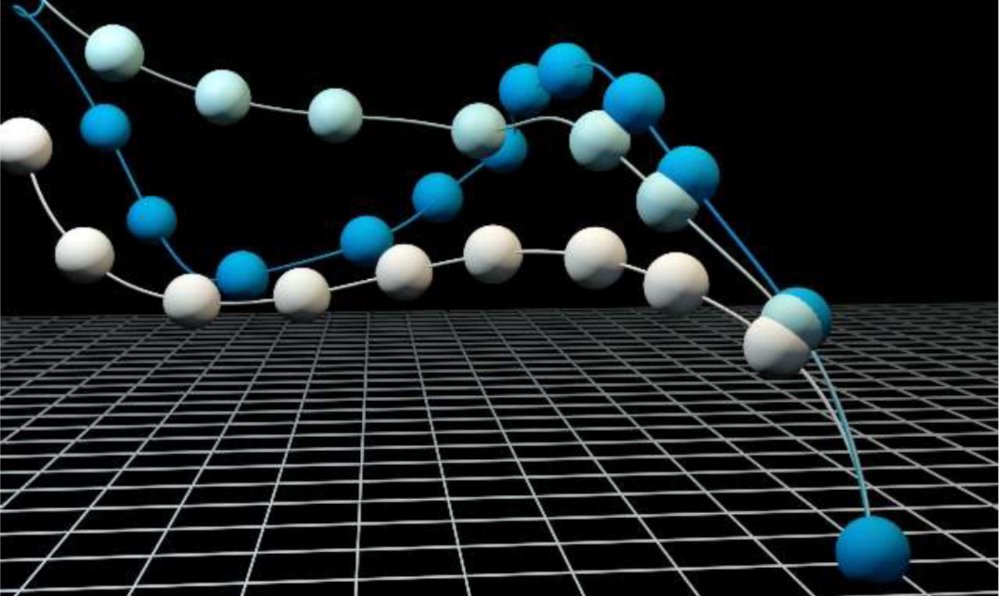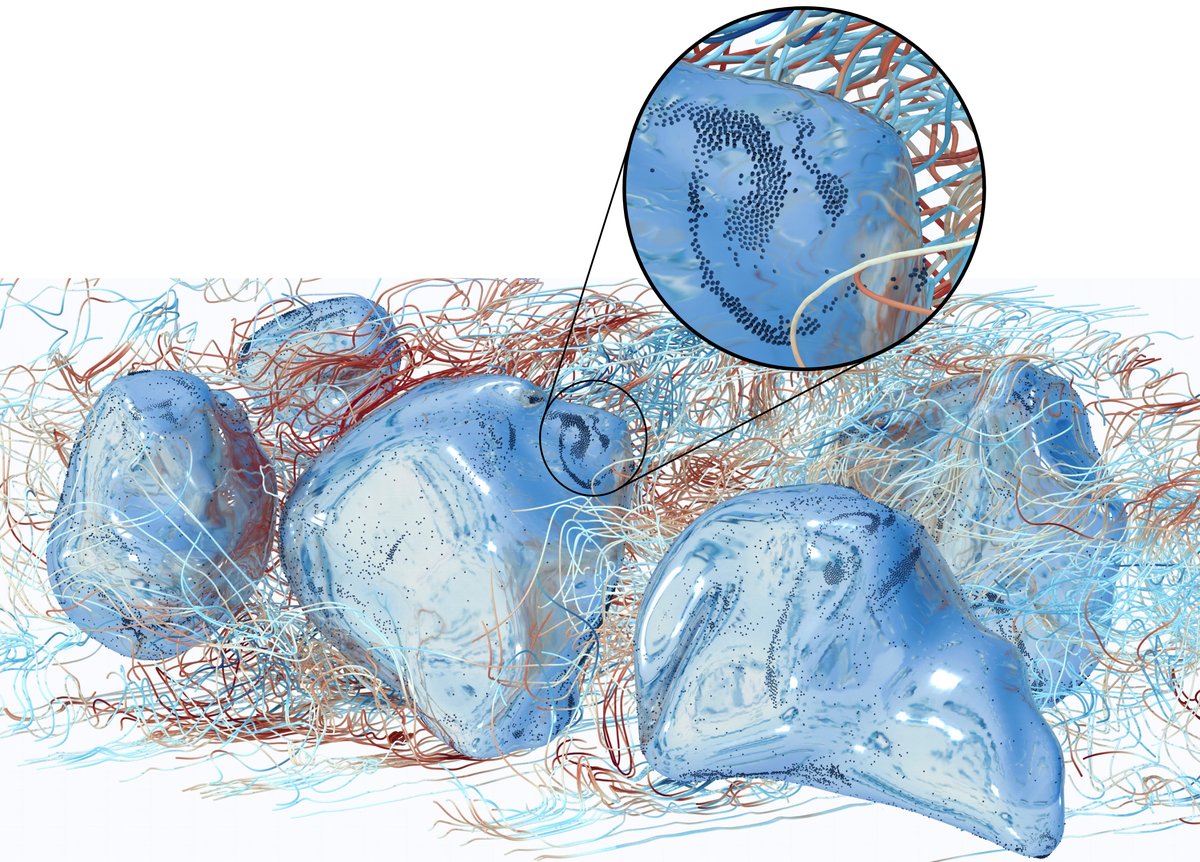>> Click HERE to download the detailed Scientific Program <<
The colloquium will be held in hybrid format, with both in-person and virtual attendance. In-person participation of the speakers is strongly encouraged (speakers unable to attend in person can send a pre-recorded video of their talk: The video will then be shown to in-person attendees during the conference). To make in-person participation possible, the organizing committee is carefully monitoring the evolution of the COVID-19 pandemic and will set up all necessary prevention and sanitation measures to guarantee a venue where scientific exhanges can be made in a relaxing and safe environment, always in accordance with physical distancing rules.
Motivation and Scope
Multiphase flows are ubiquitous in nature as well as technological applications, and are often turbulent. The resulting wide range of flow length- and time-scales makes direct numerical simulation of the micro-scale governing equations intractable for many of these applications. Hence, Large-Eddy Simulation (LES) has emerged as a powerful simulation tool for multiphase flows, especially shear-dominated and/or flows controlled by large-scale mixing. LES is a turbulent scale-resolving strategy that can be used to treat complex, multiphase flow topologies, but its success is intimately related to the ability to connect the super-grid (resolved) and subgrid (unresolved) physics of the flow.
The aim of the Colloquium is to discuss the latest advancements in LES-based simulations of multiphase flows, sharing modeling methods, difficulties and (rigorous or more phenomenological) analyses that can be of interest for both academia and industry. Because of their importance for practical applications, the Colloquium will be focused on turbulent two-phase flows. To narrow down the spectrum of targeted applications, inert flows will be considered.
Aims and Topics
One issue, that is currently receiving a great deal of attention, is the development of predictive LES closures to be incorporated in the Lagrangian evolution equations for the dispersed phase: This task is challenging from a physical point of view - proper Sub-Grid Scale (SGS) physics that reproduce the effect of the filtered flow scales must be included in order to capture the macroscopic particle dispersion characteristics - but also computationally - due to issues such as load balancing, particle tracking, data exchange, and control of statistical errors. A number of studies have been conducted for the case of dispersed gas-solid flows, e.g. through the development of stochastic SGS models for the dispersed phase. However, such models still lack the desired level of universality and the quality of their predictions depends critically on the accuracy of the mesoscopic closures describing the microscopic physics of the flow. Sharing recent modeling efforts will be certainly useful to improve current predictive capabilities.
A very active area of research is represented by droplet-/bubble-laden flows characterized by the presence of moving immiscible interfaces. The interaction of turbulence with a two-phase interface encompasses complex multiscale flow phenomena that lead to significant deformation rates of the dispersed phase (possibly leading to an increase of the inter-phase surface area due to breakup and coalescence) and to modulation of turbulence. Current use for LES for this kind of flows is still limited, mainly because of the challenge represented by the modeling of the smallest hydrodynamic scales, which are originated by the turbulence-interface interaction at the interfacial regions and can be a few times smaller than the Kolmogorov scale. An additional modeling challenge is represented by the SGS contributions to curvature, which must be taken into account to reproduce surface tension effects. It is thus crucial to discuss and compare the different approaches available and their modeling implications, in order to break new ground in a field of obvious broad engineering interest.
Overall, we believe that the use of LES for the numerical prediction of multiphase turbulent flows offers plenty of opportunities to improve our understanding of the link between modeling and physical processes involved. The challenge is to exploit at best the knowledge developed so far and the new computational capabilities in order to generate realistic transient simulations of turbulent dispersed and/or interfacial flows at reasonable computational costs and accuracy, and then use these results to improve models and make them interesting for practical applications (not just for academic purposes). For this reason, papers with a clear twist towards industrial or environmental applications will be particularly welcome.
TOPICS:
LES of incompressible dispersed flows
LES of interfacial two-phase flows
Wall-Modeled LES for two-phase flows
Hybrid modeling approaches
Euler-Euler/Euler-Lagrange approaches
Stochastic sub-grid modeling of multiphase flows
Contact: euromech625@uniud.it



